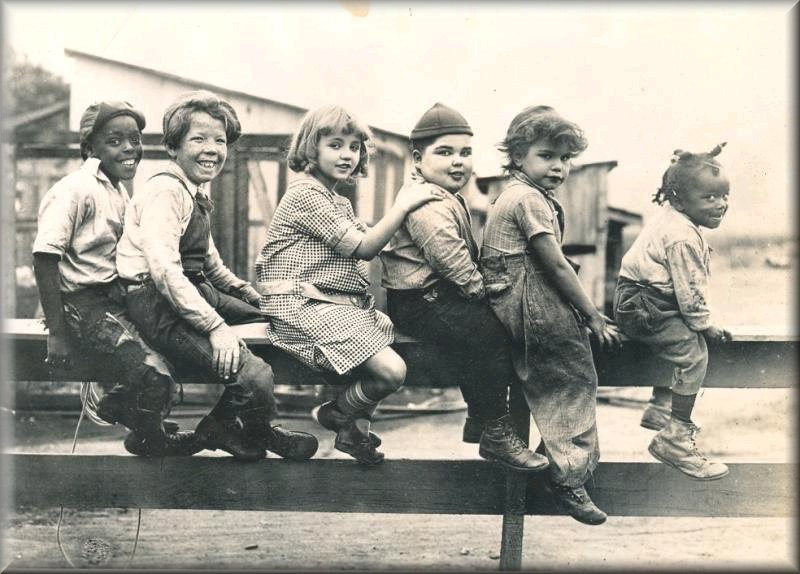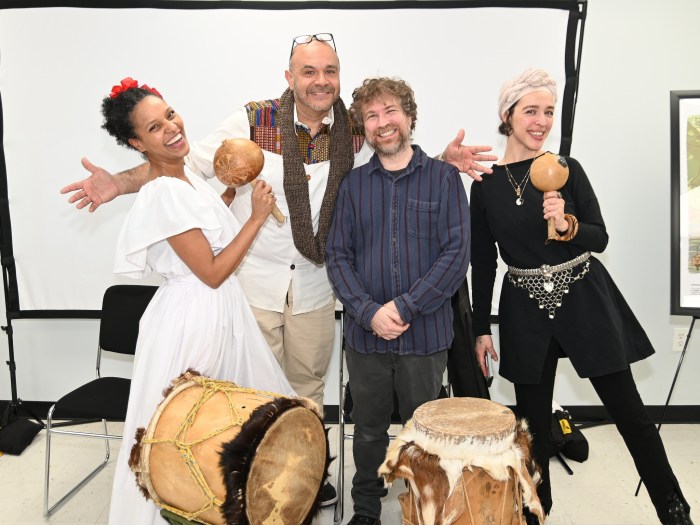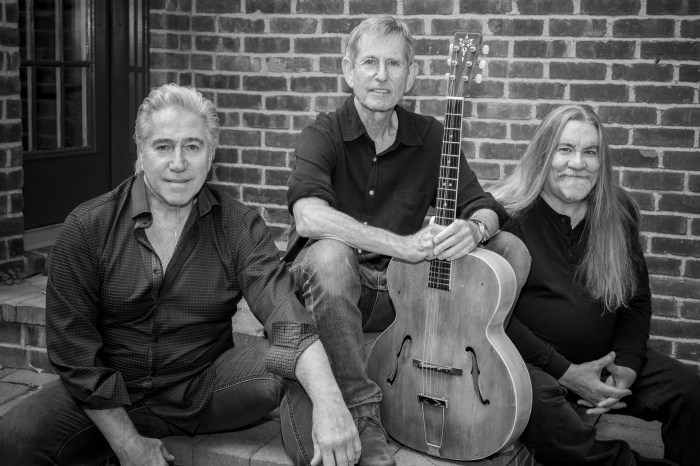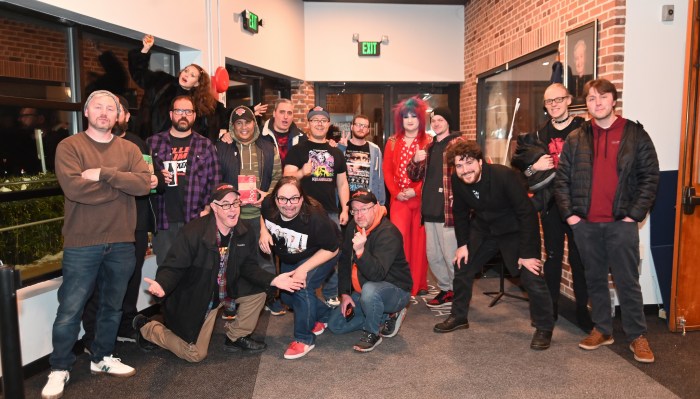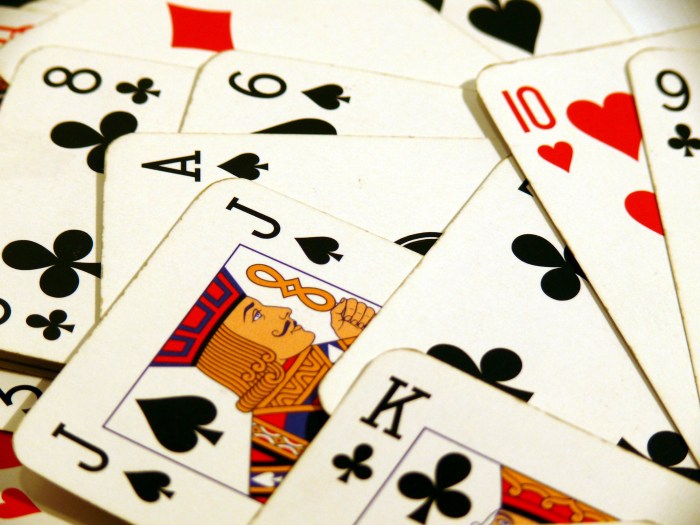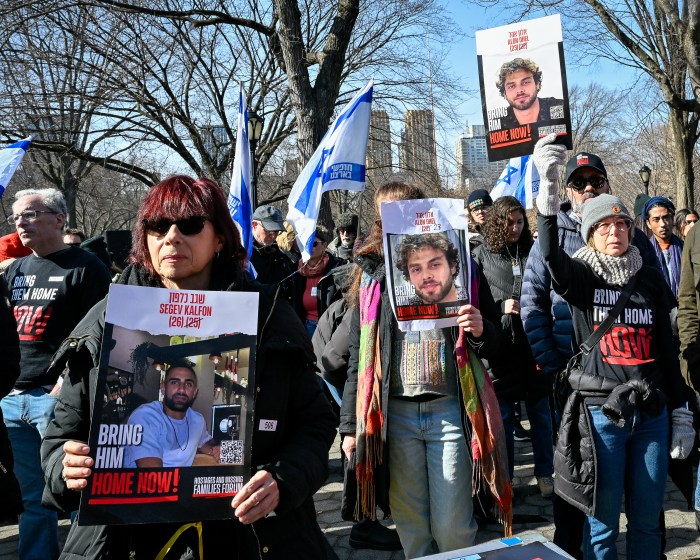When visionary producer Hal Roach created the Our Gang comedy series in 1922, he broke ground in more ways than one. First, he made a ragtag group of kids the stars, which was a novel idea in the silent film era. And he signed the first African-American performer to a Hollywood studio contract—a 7-year-old named Ernie Morrison, whose stage name was Sunshine Sammy.
Born in New Orleans, Morrison began his unlikely movie career with supporting roles in features starring Baby Marie Osborne (not a household name today, but certainly a box office draw in her time). Under Roach’s guidance, he began working with top comedians of his day, like Harold Lloyd, he of the horn-rim glasses, and Snub Pollard, a man in an animated mustache. In the first Our Gang incarnation, “Sunshine Sammy” was actually the gang leader, going on to appear in 28 films.
We get to enjoy Morrison’s stereotype-shattering work all over again thanks to a special program at the Cinema Arts Centre. Besides clips from his roles in several comedies featuring Harold Lloyd, one of the great American comedians of the 1920s, Morrison will cavort on screen again with his posse in Firefighters (1922), Champeen (1923) and Dogs of War (1923). Accompanying the show on live theater organ will be Ben Model, who’s been doing the honors of supplying the sound track on keyboards at the Museum of Modern Art as well as at the Cinema Arts Centre.
Related: Love Of Hollywood’s Golden Era Brings Generations Of Filmgoers Together At Cinema Arts Centre
Roach’s short films—released as silent two-reelers lasting 13 minutes long or so—were light-weight at best, but they weren’t pretending to be anything but entertaining. Seeing them brings us back to the dawn of the Roaring Twenties, when little rich boys wore curls and kids hung around the dry goods store instead of the soda shop. In one of Morrison’s first films for Roach, we first see him wearing nothing but a wooden barrel strapped to his shoulders while his mom cleans his clothes—until a donkey gets in the way, his friends show up, and things soon get out of hand.
Morrison worked with Roach from 1921 to 1924, when he left the series to do vaudeville, where his comedic style took him far and wide, appearing with Abbott and Costello and Jack Benny when they were just starting out. Later he created the character “Scruno” in Sam Katzman’s “East Side Kids” series. In the twilight of his life, Morrison had a guest spot on Good Times. He died in 1989 in California.
But it was Morrison’s role as Sunshine Sammy that helped make Our Gang the most popular juvenile series ever filmed. Most of us today don’t remember the contributions made by the kids in the silent era because we mainly saw television broadcasts in the 1950s of The Little Rascals featuring Spanky, Alfalfa and Darla when they could speak for themselves after the studios were wired for sound beginning in 1929. But these earlier episodes are equally entertaining—and very revealing of a bygone era that our parents and grandparents knew well.
Roach set the scene with plot, structure and characterization, not just slapstick comedy and visual pranks—and those ingredients proved to be a winning formula. Critics say that the movies Roach produced in the silent era were some of the most sophisticated and personal short comedies to come out of Hollywood back then. Getting to see a few of them again along with child star Ernie “Sunshine Sammy” Morrison and Harold Lloyd, is a rare treat indeed. And listening to the ever-versatile Ben Model accompanying the action on screen makes the evening all the more special.
The program will be screening at Cinema Arts Centre, located at 423 Park Avenue in Huntington. For more information, visit cinemaartscentre.org Tickets range in price from $11-$16. The event is at 7:30 p.m. on Tuesday, Feb. 7.
In the featured photo, Ernie “Sunshine Sammy” Morrison is on the far left with the cast of Hal Roach’s “Our Gang” comedy series at that time, including (l-r) Morrison, Mickey Daniels, Mary Kornman, Joe Cobb, Jackie Condon and Allen “Farina” Hoskins. (Courtesy: Cinema Arts Centre)



